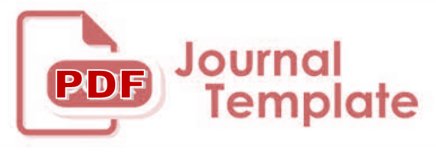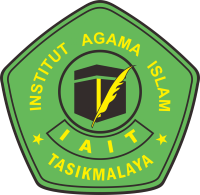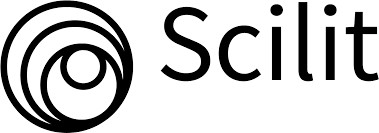Analysis of Differences in Methods and Techniques for Translation of Surah Al-Insyirah in Translation by the Indonesian Ministry of Religion and Buya Hamka
DOI:
https://doi.org/10.61166/values.v2i3.97Keywords:
translation of the Al-Qur,an, Surah Al-Insyirah, translation methods, translation techniques, Indonesian Ministry of Religion, Buya HamkaAbstract
This research examines the differences in translation methods and techniques applied in translating Surah Al-Insyirah by the Ministry of Religion of the Republic of Indonesia (Kemenag RI) and Buya Hamka. Translation of the Quran is a complex activity because it involves linguistic, religious elements, as well as cultural and interpretive contexts. Using a qualitative descriptive approach and comparative analysis, this research compares the results of translations of eight verses in Surah Al-Insyirah from both sources. The results of the analysis show that the Indonesian Ministry of Religion mostly uses a literal approach with techniques such as general equivalents and exploitation. On the other hand, Buya Hamka tends to use a free (dynamic) translation approach through modulation, adaptation and amplification techniques to clarify meaning in the Indonesian context. These differences reflect the ideological approach and institutional background of each translator in conveying the message of the Koran. These findings emphasize the importance of choosing appropriate translation methods and techniques so that the meaning of sacred texts can be conveyed effectively to the reader.
References
Rahmah, Y. (2018). Metode dan teknik penerjemahan karya sastra. Semarang: Universitas Diponegoro. https://www.academia.edu/download/96407692/14266.pdf
Shihab M. Quraisy. Tafsir Al-Mishbah
Sirajuddin, A. R. Terjemahan ayat-ayat seni Quraish shihab p ada tafsir al-misbah (studi model dan gramatikal). https://repository.uinjkt.ac.id/dspace/handle/123456789/28272
Buya Hamka, Tafsir Al-Azhar, Juz 30 (Jakarta: Gema Insani, 2015), hlm. 217–219.
Uugene A. Nida & Charles R. Taber, The Theory and Practice of Translation (Leiden: Brill, 1982), hlm. 22–30.
Hamka, Tafsir Al-Azhar: Jilid 30, (Jakarta: Gema Insani, 2015),
Baihaqi, N. N., & Munshihah, A. (2022). Studi Komparatif Terjemah Surah al-Mu’awwidzat: Antara Al-Qur’an dan Terjemahnya Tim Kemenag dan Al-Qur’an Tarjamah Tafsiriyah Muhammad Thalib. Jalsah: The Journal of Al-quran and As-sunnah Studies, 2(2), 99-121. https://jurnalannur.ac.id/index.php/jalsah/article/view/315
Peter Newmark, A Textbook of Translation (New York: Prentice Hall, 1988), hlm. 45–47.
Buya Hamka, Tafsir Al-Azhar, Juz 30 (Jakarta: Gema Insani, 2015), hlm. 217–219.
Basil Hatim & Jeremy Munday, Translation: An Advanced Resource Book (London: Routledge, 2004), hlm. 73–76.
Lucía Molina & Amparo Hurtado Albir, “Translation Techniques Revisited: A Dynamic and Functionalist Approach,” Meta: Journal des Traducteurs 47, no. 4 (2002): 498–512.
Fatima Sadiqi, “Contextualizing the Translation of the Qur’an in Muslim Societies,” Journal of Qur’anic Studies 22, no. 2 (2020): 100–118, https://doi.org/10.3366/jqs.2020.0412.
Sahiron Syamsuddin, “Pendekatan Sosiolinguistik dalam Tafsir Al-Qur’an Kontemporer,” Ulumuna 23,no.1(2019): 1–24, https://journal.uinjkt.ac.id/index.php/ulumuna/article/view/13743.
Eugene A. Nida & Charles R. Taber, The Theory and Practice of Translation (Leiden: Brill, 1982), hlm. 22–30.
Downloads
Published
How to Cite
Issue
Section
License
Copyright (c) 2025 Muh. Muhram, Andi Abdul Hamzah

This work is licensed under a Creative Commons Attribution 4.0 International License.















